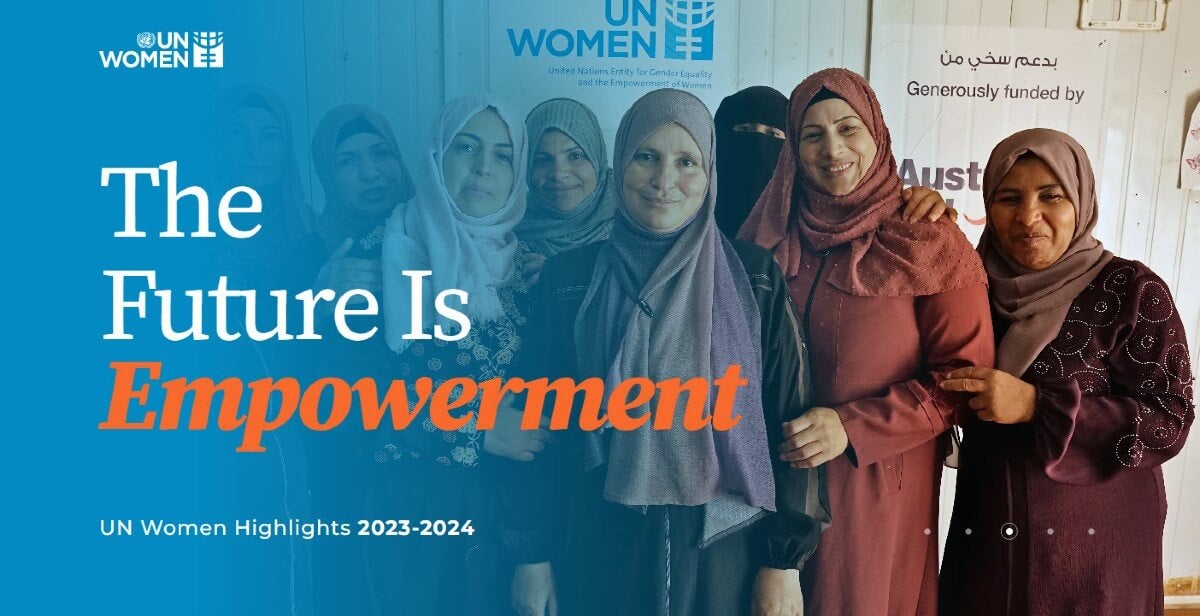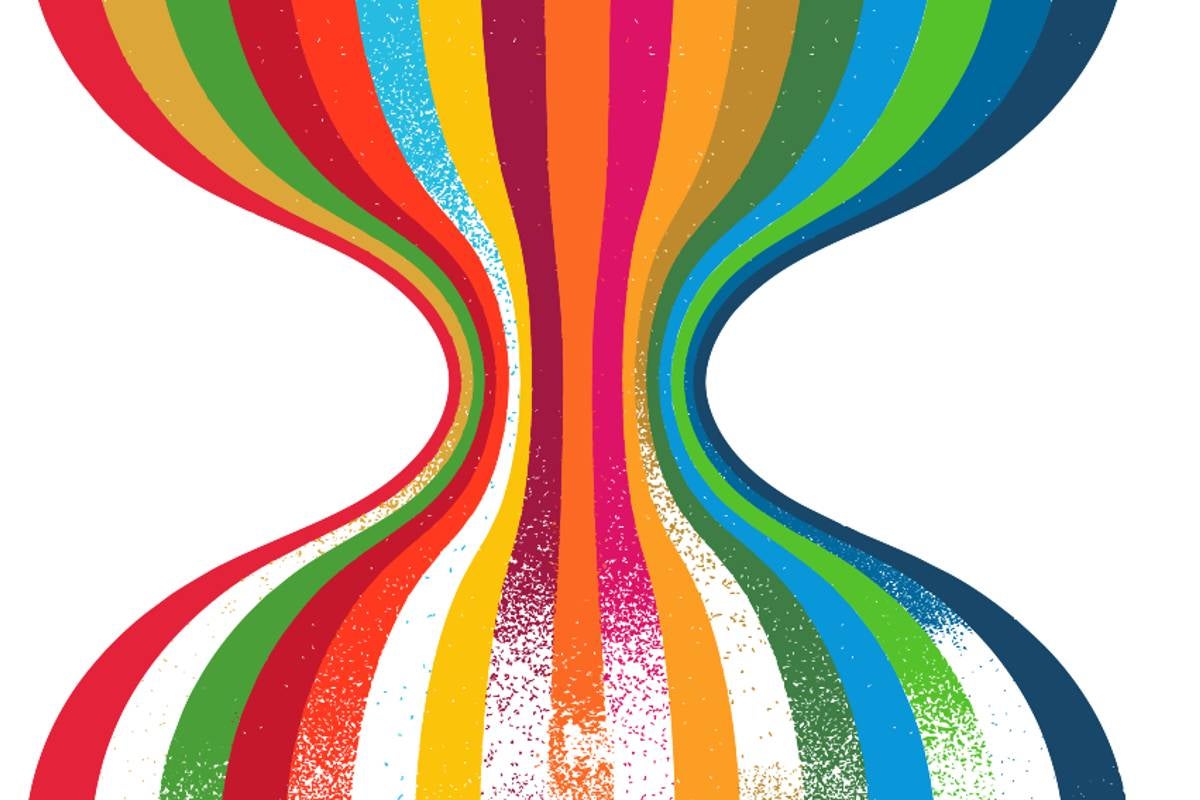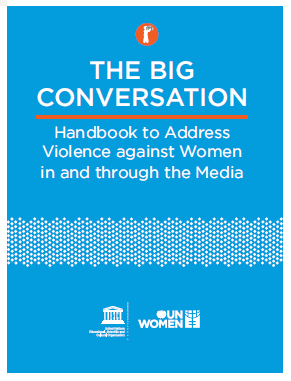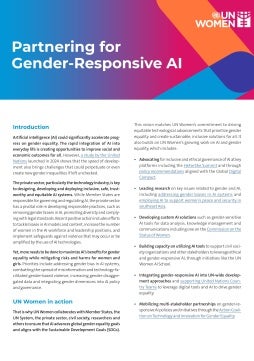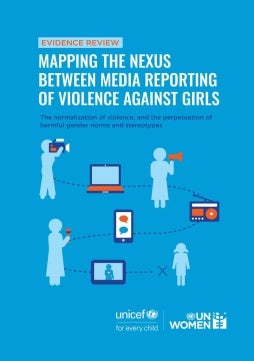The big conversation: Handbook to address violence against women in and through the media
It cannot be stressed enough that violence against women and girls continues to be one of the most pervasive human rights violations in the world. It acts as both a cause and a consequence of gender inequality, and ranges in impact from adverse effects on the health, safety, productivity and overall well-being of women and girls, to impeding the realization of their rights and contribution to society at large. Despite decades of concerted efforts, at the global, regional and local levels, to prevent and eliminate all forms of violence against women and girls, its prevalence remains alarmingly high.
The intersection of violence against women and girls and media is an important one given their unique reach to broad sections of the population, as well as their ability to influence and shape ideas and perceptions about what is considered socially acceptable. Therefore, media are regarded as a key ‘entry point’ for preventing violence against women and girls in the long-term. Media can either reinforce the social norms that contribute to gender discrimination, inequality and violence against women and girls throw narrow traditional narratives and stereotypical and/or harmful portrayals of gendered roles; or can function to raise awareness about the extent, causes and consequences of the various forms of abuses that exist in society. For this reason, media is a significant tool positive portrayal of men and women in society and driving away from practices that reinforce violence against women and girls.
Informed by this understanding, the Handbook provides guidance to UN and other entities working with media organizations to advance gender equality and prevent violence against women and girls. Its focus is working with media as entities that promote gender equality within their organisations and working with media as a tool to promote values of diversity, equality and non-discrimination through the content produced. The handbook provides specific guidance on 1) strengthening the enabling environment; 2) promoting positive institutional approaches; and 3) engaging with media for changing social norms.





